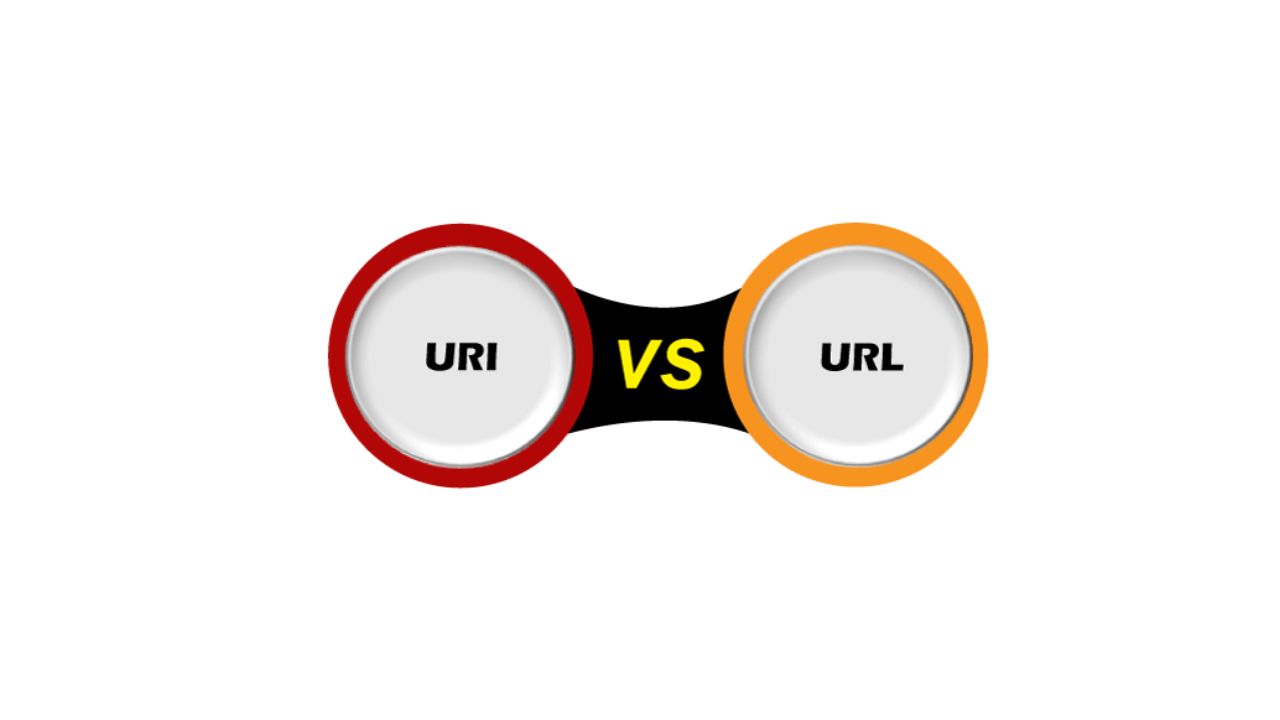URL vs URI: Most people think that a URL (Uniform Resource Locator) is the same as a URI (Uniform Resource Identifier). While they are both used to identify resources on the web, there are some important differences between the two. In this article, we’ll explore what those differences are so that you can better understand how to use them.
URL vs URI: The Basics
When it comes to the internet, there are a lot of terms that get thrown around. Two of these terms are URL and URI. While they may sound similar, they actually have different meanings. Here, we will take a look at the difference between a URL and a URI so that you can better understand how the internet works.
A URL is a Uniform Resource Locator. This is the address of a specific resource on the internet. It will tell you where to find something and how to access it. A URI, on the other hand, is a Uniform Resource Identifier. This is used to identify a resource, but it does not tell you how to access it.
Now that you know the difference between a URL and a URI, you can start using them correctly. When you are looking for something on the internet, be sure to use a URL so that you can access it directly. If you just need to identify a resource, then you can use a URI.
What is a URL?
A URL is a Uniform Resource Locator, and is used to identify resources on the internet. A URL is made up of several parts, including a protocol, domain name, and path. The protocol specifies how information is retrieved from the resource, while the domain name specifies where the resource is located. The path provides a specific location for the resource within the domain.
Difference between Virtual Reality and Augmented Reality
What is a URI?
A URI is a unique identifier for a resource on the internet. This can be a website, an image, a file, or anything else that can be accessed online. A URI is made up of a number of components, including a scheme (e.g. http), a hostname (e.g. www.example.com), and a path (e.g. /images/logo.png).
A URL is simply a specific type of URI that identifies resources using a uniform resource locator (URL). A URL contains all of the information necessary to locate and access a resource on the internet. In addition to the scheme, hostname, and path components, a URL may also contain other information such as a port number, query string, and fragment identifier.
The Difference Between URL and URI
Most people think that a URL is just a web address. However, there is actually a difference between a URL and a URI. A URL is simply a formatted string that identifies where a resource is located. A URI, on the other hand, is a more generic term that can be used to identify any type of resource, whether it’s on the web or not.
Here are some of the most important differences between URLs and URIs:
· A URL must always be absolute, meaning it must specify all of the components necessary to access the resource. A URI does not have to be absolute, and can instead be relative.
· A URL can only be used to identify resources that are located on the web. A URI can be used to identify resources that are located anywhere, including on the web, in a database, or in filesystem.
· A URL must always include a protocol identifier (such as http:// or ftp://). A URI does not have to include a protocol identifier.
· A URL must always include a hostname (such as www.example.com). A URI does not have to include a hostname.
When to Use a URL vs URI
There are a few key differences between URLs and URIs that you should be aware of when choosing which to use for your next project. A URL is simply a Uniform Resource Locator, while a URI is a Uniform Resource Identifier. The main difference between the two is that a URL points to a specific resource, while a URI can point to either a specific resource or just identify the resource in general.
When deciding whether to use a URL or URI, you should first think about what you need the identifier to do. If you need to point to a specific resource, then you should use a URL. However, if you just need to identify the resource without specifying its location, then you can use a URI.
Keep in mind that both URLs and URIs can be used for web pages, but URIs can also be used for other resources such as email addresses, files, databases, and more. So, if you’re not sure which to use, it’s probably best to go with a URI.
How to Choose the Right One for Your Project
When you’re working on a web project, it’s important to choose the right type of URL or URI for your needs. Both URLs and URIs are useful for different purposes, so it’s important to understand the difference between them.
URLs, or Uniform Resource Locators, are what you typically think of when you think of a web address. They’re used to specify the location of a resource on the internet, and they can be used to access that resource.
URIs, or Uniform Resource Identifiers, are used to identify a resource. They don’t necessarily specify the location of the resource, but they do provide a way to uniquely identify it.
So, which one should you use for your project? It depends on what you need. If you need to specify the location of a resource, then you’ll want to use a URL. If you just need to identify a resource, then a URI will suffice.
Conclusion
The most important difference between URL and URI is that a URL is a subset of URI that specifies where a resource is located. A URI can be used to identify any type of resource, while a URL specifically identifies a web page or other internet-based resource.


















